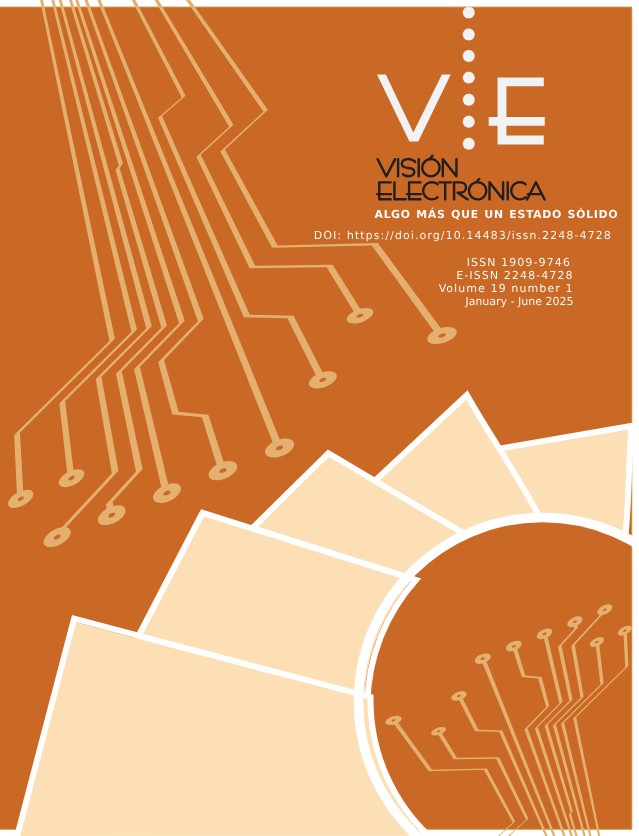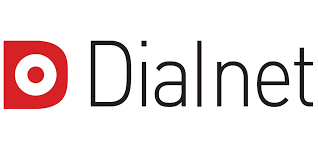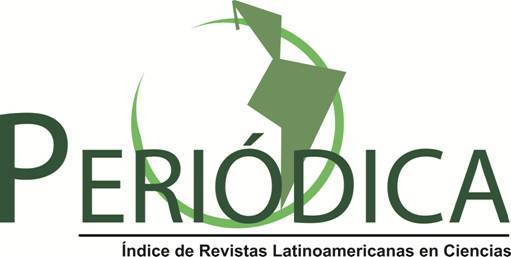Publicado:
2025-06-25Número:
Vol. 19 Núm. 1 (2025)Sección:
Visión InvestigadoraEvaluation of Throughput in Live Video Streaming: TCP vs. QUIC as a Proof of Concept
Evaluación de throughput en transmisión de video en vivo: TCP vs. QUIC como prueba de concepto
Palabras clave:
HLS, MoQ, Performance, QUIC, TCP (en).Palabras clave:
HLS, MoQ, QUIC, RTMP, TCP, Rendimiento (es).Descargas
Resumen (en)
The QUIC (Quick UDP Internet Connections) protocol has evolved to be standardized by the IETF (Internet Engineering Task Force), standing out for addressing inherent issues in TCP (Transmission Control Protocol). This article focuses on the use of QUIC in video transmission through MoQ (Media over QUIC), comparing its performance with the combination of RTMP (Real Time Messaging Protocol) and HLS (HTTP Live Streaming) over TCP, and evaluating the throughput of each protocol. A cloud-based test scenario was designed with two relay servers: one operating with MoQ and another with RTMP+HLS over TCP. Both were implemented as proof-of-concept developments in GO. Two clients, one local in the cloud and another remote, performed the publishing and subscription of a video with a bit rate of 8 Mbps and 720p quality, aiming to identify the performance differences between both scenarios. The tests were conducted at different times of the day and for various durations, alternating between local and remote scenarios, while traffic was captured using Wireshark and tcpdump. The results showed a channel utilization of 8.16 Mbps for RTMP + HLS over TCP and 0.6 Mbps for MoQ in publishing, and 1.04 Mbps and 0.3 Mbps respectively in subscription. Making MoQ superior to RTMP + HLS for its low throughput utilization thanks to the use of relay servers and the publisher/subscriber model.
Resumen (es)
El protocolo QUIC (Quick UDP Internet Connections) ha evolucionado hasta ser estandarizado por la IETF (Internet Engineering Task Force), destacándose por resolver problemas inherentes a TCP (Transmission Control Protocol). Este artículo se enfoca en el uso de QUIC en la transmisión de video mediante MoQ (Media over QUIC), comparando su rendimiento con la combinación de RTMP (Real Time Messaging Protocol) y HLS (HTTP Live Streaming) sobre TCP, y evaluando el throughput de cada protocolo. Se diseñó un escenario de prueba en la nube con dos servidores de retransmisión: uno operando con MoQ y otro con RTMP + HLS sobre TCP. Ambos fueron implementados como pruebas de concepto desarrolladas en GO. Dos clientes, uno local en la nube y otro remoto, realizaron la publicación y suscripción de un video con un bitrate de 8 Mbps y calidad 720p, con el fin de identificar las diferencias de rendimiento entre ambos escenarios. Las pruebas se llevaron a cabo en diferentes momentos del día y con distintas duraciones, alternando entre escenarios locales y remotos, mientras se capturaba el tráfico con Wireshark y tcpdump. Los resultados mostraron una utilización de canal de 8.16 Mbps para RTMP+HLS sobre TCP y 0.6 Mbps para MoQ en la publicación, y de 1.04 Mbps y 0.3 Mbps respectivamente en la suscripción. Haciendo que MoQ sea superior a RTMP + HLS debido a su poca utilización de canal gracias al uso de servidores retransmisores y su modelo publicador/suscriptor.
Referencias
J. Postel. (1980). User Datagram Protocol. doi.org/10.17487/RFC0768
Defense Advanced Research Projects Agency. (1981). Transmission Control Protocol. doi.org/10.17487/RFC0793
Floyd, S. (2001). A report on recent developments in TCP congestion control. doi:10.1109/35.917508
W. Eddy. (2022). Transmission Control Protocol (TCP). doi.org/10.17487/RFC9293
Iana. (2024). Transmission Control Protocol (TCP) Parameters. https://www.iana.org/assignments/tcp-parameters/tcp-parameters.xml
H. Nielsen, J. Mogul, L. Masinter, R. Fielding, J. Gettys, P. Leach, T. Berners-Lee. (1999). Hypertext Transfer Protocol -- HTTP/1.1
M. Thomson and C. Benfield. (2022). HTTP/2. doi.org/10.17487/RFC9113
K. Seemakhupt and K. Piromsopa. (2016). When should we use HTTP2 multiplexed stream? doi.org/10.1109/JCSSE.2016.7748934
Langley, A., Riddoch, A., Wilk, A., Vicente, A., Krasic, C., Zhang, D., ... & Shi, Z. (2017). The quic transport protocol: Design and internet-scale deployment. doi.org/10.1145/3098822.3098842
Cui, Y., Li, T., Liu, C., Wang, X., & Kuhlewind, M. (2017). Innovating Transport with QUIC: Design Approaches and Research Challenges. doi:10.1109/mic.2017.44
Saurabh, Prakash, S., Singh, P. K., Nandi, S. K., & Nandi, S. (2019). Is QUIC Quicker Than TCP? A Performance Evaluation. doi.org/10.1007/978-3-030-15035-8_12
J. Iyengar, M. Thomson. (2021). QUIC: A UDP-Based Multiplexed and Secure Transport. doi.org/10.17487/RFC9000
Bishop, M. (2022). Hypertext Transfer Protocol Version 3 (HTTP/3). Standards Track. Internet Engineering Task. doi.org/10.17487/RFC9114
Gagliardi, E., Levillain, O. (2020). Analysis of QUIC Session Establishment and Its Implementations. https://doi.org/10.1007/978-3-030-41702-4_11
K. Wolsing, J. Rüth, K. Wehrle, and O. Hohlfeld. (2019). A performance perspective on web optimized protocol stacks: TCP+TLS+HTTP/2 vs. QUIC. doi.org/10.1145/3340301.3341123
H. Ravuri, M. Vega, J. Hooft, T. Wauters and F. De Turck. (2023). Adaptive Partially Reliable Delivery of Immersive Media Over QUIC-HTTP/3. doi: 10.1109/ACCESS.2023.3268008.
Y. Yu, M. Xu and Y. Yang. (2018) When QUIC meets TCP: An experimental study. doi: 10.1109/PCCC.2017.8280429
Sitepu, F. A. V. (2022). Performance Evaluation of Various QUIC Implementations: Performance and Sustainability of QUIC Implementations on the Cloud (Dissertation). urn.kb.se/resolve?urn=urn:nbn:se:ltu:diva-92721
L. Curley, K. Pugin, S. Nandakumar, V. Vasiliev and I. Swett. (2024). Media over QUIC Transport. https://datatracker.ietf.org/doc/draft-ietf-moq-transport/05/
Z. Gurel, T. E. Civelek, A. Bodur, S. Bilgin, D. Yeniceri, and A. C. Begen. (2023) Media over QUIC: initial testing, findings and results. doi.org/10.1145/3587819.3593937
Gurel, Z., Civelek, T. E., Ugur, D., Erinc, Y. K., & Begen, A. C. (2024). Media-over-QUIC Transport vs. Low-Latency DASH: a Deathmatch Testbed. doi.org/10.1145/3625468.3652191
V. Vasiliev. (2024). The WebTransport Protocol Framework. datatracker.ietf.org/doc/draft-ietf-webtrans-overview/08/
J. Cenzano. moq-encoder-server. (2024). GitHub repository. Disponible en
github.com/facebookexperimental/moq-go-server
R. Pantos, W. May. (2017). HTTP Live Streaming. doi.org/10.17487/RFC8216
J. Cenzano. lhls-simple-live-platform. (2021). GitHub repository. Disponible en:
github.com/jordicenzano/lhls-simple-live-platform
J. Cenzano. moq-encoder-player. (2021). GitHub repository. Disponible en: github.com/facebookexperimental/moq-encoder-player
H. K. Ravuri, M. T. Vega, J. D. Van Hooft, T. Wauters and F. De Turck. Adaptive Partially Reliable Delivery of Immersive Media Over QUIC-HTTP/3. 2023. doi: 10.1109/ACCESS.2023.3268008.
Cómo citar
APA
ACM
ACS
ABNT
Chicago
Harvard
IEEE
MLA
Turabian
Vancouver
Descargar cita
Visitas
Descargas
Licencia

Esta obra está bajo una licencia internacional Creative Commons Atribución-NoComercial 4.0.
.png)
atribución- no comercial 4.0 International






.jpg)





